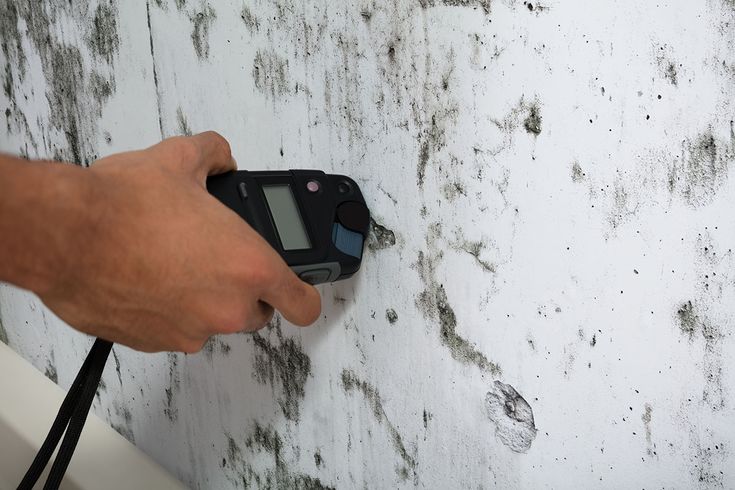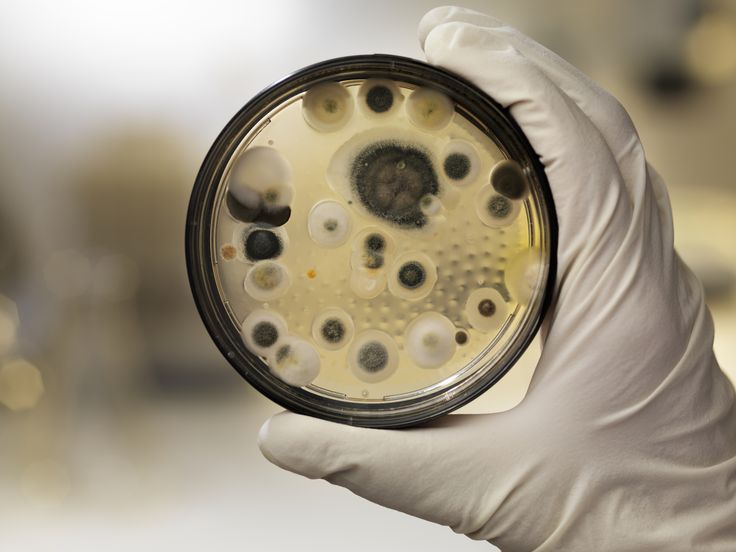Mold is a common household issue that often goes unnoticed until it causes significant damage or health problems. While some molds are harmless, others can pose serious risks to your health and home environment. In this blog, we’ll explore why mold testing is crucial, how it works, and how you can protect your well-being from its harmful effects.
What Is Mold Testing?
Mold testing is the process of identifying the presence of mold in a specific area. It helps detect the type and quantity of mold spores in your home, office, or any other environment. Testing methods vary, including:
-
- Air Testing: Measures the concentration of mold spores in the air.
-
- Surface Testing: Identifies mold growing on visible surfaces.
-
- Bulk Testing: Examines materials from your home to detect mold presence.
These tests provide essential insights into the severity of mold contamination and guide appropriate remediation efforts.

Health Risks Associated with Mold Exposure
Exposure to mold can lead to various health problems, particularly for individuals with sensitivities or pre-existing conditions. Common health risks include:
-
- Respiratory Issues: Wheezing, coughing, and shortness of breath.
-
- Allergic Reactions: Sneezing, runny nose, itchy eyes, and skin rashes.
-
- Asthma Flare-ups: Increased asthma attacks in individuals with the condition.
-
- Infections: Immunocompromised individuals may experience severe complications.
Vulnerable Groups
Children, the elderly, and individuals with chronic illnesses or weakened immune systems are especially at risk.
When Should You Consider Mold Testing?
Mold testing isn’t just for homes with visible mold. You should consider testing if:
-
- You notice a musty odor.
-
- There’s visible water damage or discoloration on walls or ceilings.
-
- Your family experiences unexplained health issues, such as persistent allergies or respiratory problems.
-
- You’ve recently experienced flooding or water leaks
How Is Mold Testing Performed?
Mold testing involves the following steps:
-
- Inspection: Professionals inspect areas prone to mold, like basements, bathrooms, and attics.
-
- Sampling: Air, surface, or material samples are collected for laboratory analysis.
-
- Analysis: The samples are examined to determine the type and concentration of mold present.
-
- Reporting: A detailed report outlines the findings and recommends remediation steps if needed.
DIY vs. Professional Testing
While DIY mold testing kits are available, they may not provide the same accuracy or depth as professional testing. Hiring certified mold inspectors ensures reliable results and expert advice.
Prevention Tips: Keeping Mold at Bay
Preventing mold growth is the best way to avoid costly remediation and health problems. Here are some tips:
-
- Control Moisture: Fix leaks promptly and ensure proper ventilation in humid areas.
-
- Monitor Humidity Levels: Keep indoor humidity below 60% using dehumidifiers if necessary.
-
- Clean Regularly: Pay extra attention to damp areas like bathrooms and kitchens.
-
- Use Mold-Resistant Products: Opt for mold-resistant drywall, paint, and other materials.
Conclusion
Mold may seem like a minor inconvenience, but its impact on your health and home can be significant. Early detection through mold testing is a proactive way to protect your family and your property. If you suspect mold in your environment, don’t hesitate to seek professional help for thorough testing and remediation.

